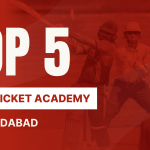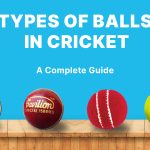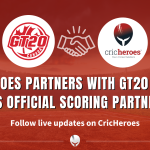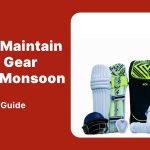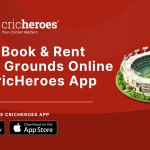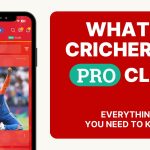Even after watching cricket for ages, understanding cricket umpire’s signals can be a wee bit confusing. Talking about confusion, how can we forget the unique improvisations performed by Billy Bowden?
There are more than 15 signals and while some of them got revised, some were introduced. So, we intend to take the help of cricket umpire signal pictures and brief descriptions to introduce you to all the signals used by umpires in cricket.
But before we start discussing the meaning of every cricket umpire signal, let’s help you understand how umpires are placed on a cricket field and how their roles are defined. defined.
As a standard practice, you’ll find 2 on-field umpires at two separate locations on the cricket ground. One stands at the striker’s end observing bowling and batting. Another stands at the non-striker’s/bowling end eyeing the stumps and run-outs. And a third umpire sits in front of the TV screen with a replay monitoring system.
All 3 umpires are expected to be highly-alert and quick decision-makers.
We will cover the following hand signals for cricket umpires today:
- Out
- No-ball
- Free-Hit
- Wide ball
- Four runs
- Six Runs
- Byes
- Leg Byes
- Bouncer
- Television /3rd Umpire
- Dead Ball
- Short Run
- Penalty Runs
- Revoke Decision
- Powerplay
- Soft Signal
- New Ball
- Last Hour

Types of Signals Used by Cricket Umpires
Out
A cricket umpire gives an out signal when the batter is dismissed by the opposite fielding team.
The index finger held in the air is the hand signal symbolizing out.
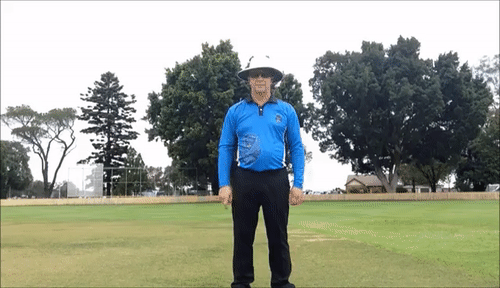
No-ball
A no-ball is declared when the bowler steps the front foot ahead of the crease. Even if the bowler is caught overstepping or pitching the ball off the wicket, the cricket umpire can signal a no-ball. Anillegal delivery helps the batting team earn an extra run. The hand signal for a no-ball is one arm extended verticallyon one side.
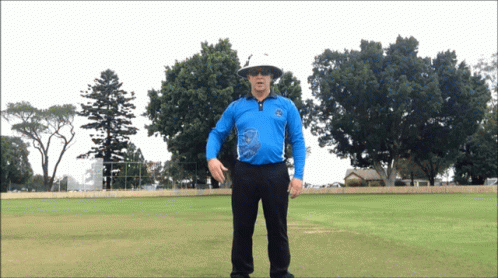
Free-Hit
In shorter form of games such as T20 or ODI, the umpire signals a free-hit after a no-ball delivery. The batter has the freedom to hit the ball with all their might without any fear of getting out with the exceptions of run out, hitting the ball twice, and field obstruction. A cricket umpire signals free-hit by rotating their hand over their head.
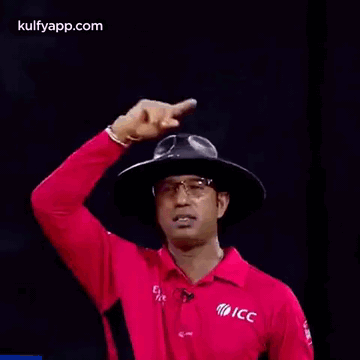
Wide ball
When the ball delivered is outside the reach of the batter it is called a wide ball. Similar to a no-ball, a penalty of one run is awarded to the batting team and the ball is not counted as a legal ball in the match. The bowler will be seen delivering that ball again. The hand signal for a wide ball is both hands raised horizontally on the sides.
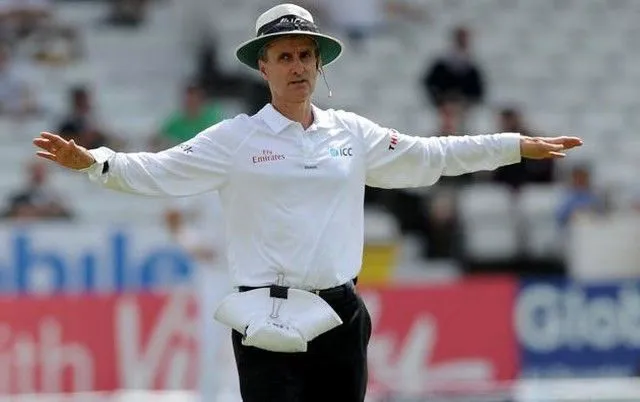
Four runs
Four runs are awarded when a batter hits the ball and it crosses the boundary(the ball touches the ground at least once). In that instance, the cricket umpire symbolizes four runs by waving one hand back and forth in front of the chest or waist.

Six Runs
Batter earns six runs when the ball flies over the boundary and the ball doesn’t hit the ground. The umpires raises both hands in the air and above their heads.
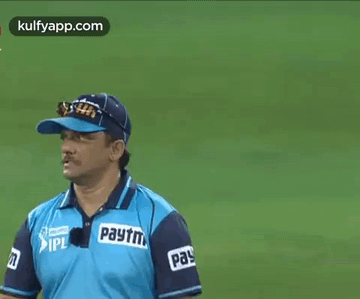
Byes
A cricket umpire signals a bye when the ball flies past the batsman without hitting the bat and the batter can take a run. The hand symbol of the bye is one arm extended over the head.
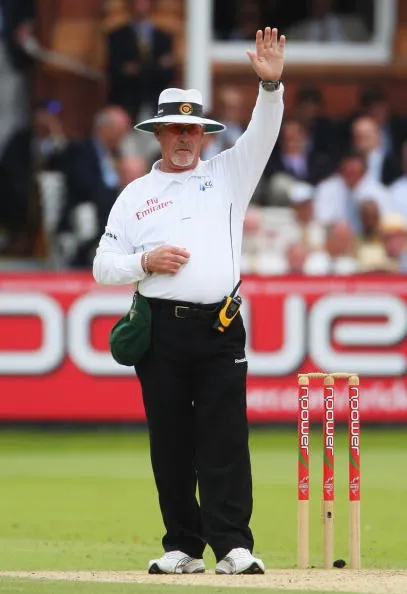
Also, Check the types of Duck in Cricket!
Leg Byes
A batter can start running if the ball hits them anywhere on the leg or the body and not the gloves. The umpire signals a leg bye by raising one knee and tapping it with one hand.
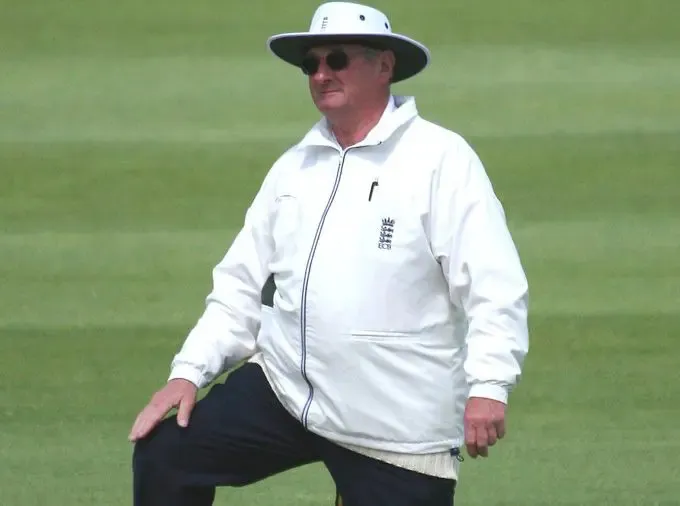
Bouncer
A bouncer is a ball that crosses the batters shoulder level. In cricket, there’s a restriction of 2 bouncers in an over (ODI and test) and 1 bouncer in an over (T20). The cricket umpire’s hand signal is a warning for the bowler. If the bowler exceeds the permitted limit, the delivery is counted as a no-ball. The symbol for bouncer is tapping the right shoulder and lifting as many fingers as the number of bouncers delivered.

Television /3rd Umpire
Third umpire review signals in cricket were introduced to keep the game fair and share the burden with two on-field umpires. The third umpire has a replay monitor at their discretion to make a more precise decision about a run-out, a catch, or a boundary. The on-field umpires make a box with their hand to show the third umpire.

Dead Ball
Dead balls happen in several cases. Commonly, when a ball is delivered to a batter and the batter moves away from the ball it is called a Dead ball. The cricket umpire’s hand signal for a dead ball is crossing and uncrossing both hands below the waist.
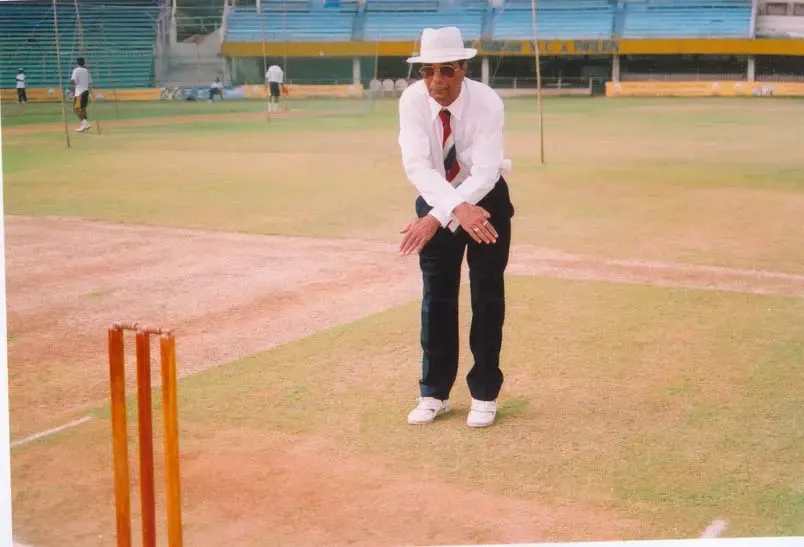
Short Run
While running between the wickets if the batter fails to touch the bat beyond the crease, the umpire, on noticing, has the authority to declare a short run. In the short run, the cricket umpire taps the nearest shoulder with their fingers and declares to cancel the run (the score is subtracted from the scoreboard).
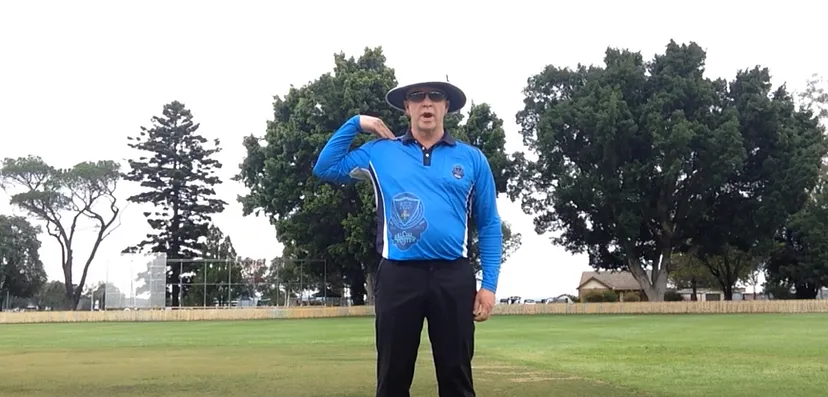
Penalty Runs
Penalty run is awarded to the opposite team whenever a cricket rule is violated by the batting or bowling team. Rules like wasting time or obstructing the batter are some examples that are counted as cricket law breaches. The umpire will either tap their shoulder or keep the hand on their shoulder. Keeping the hand means around 5 runs will be awarded to the bowling side and tapping signifies the batting team will earn 5 runs.

Revoke Decision
When the original decision of the field umpire is overturned by the third umpire then the field umpire signals a revoked decision. A revoked decision is signaled by the umpire by crossing the hands over their shoulders.
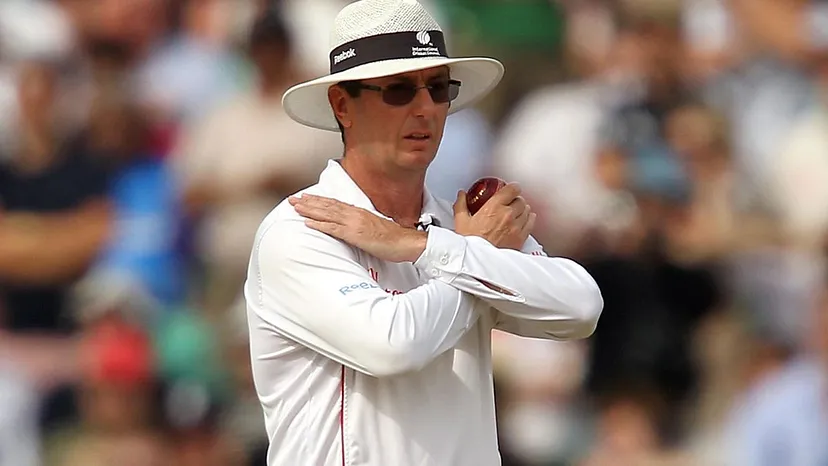
Powerplay
Powerplay is implemented in a short format of the game such as T20. Powerplay was introduced to give a fair chance for the batting team to score more during the first 10 overs. The cricket umpire can be seen rotating their arm in a windmill motion.
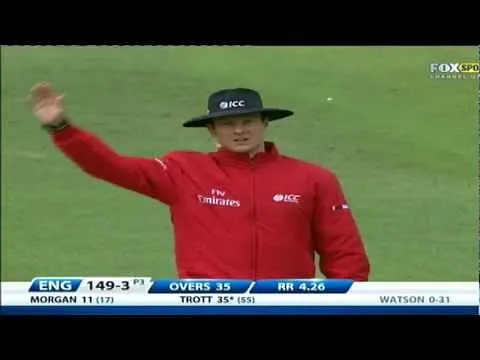
| Overs | Field Setup |
| First 10 overs | 2 fielders outside 30-yard circle |
| 11- 40 overs | 4 fielders outside 30-yard circle |
| Last 10 overs | 5 fielders outside 30-yard circle |
Soft Signal
A soft signal is displayed by the umpire after requesting the third umpire. The soft signal is a sign of out or not out given near the chest by the umpire to give a probable idea to the TV umpire.

New Ball
A cricket umpire signals a new ball introduced in the game by lifting and showing it to the scorers and batsmen.
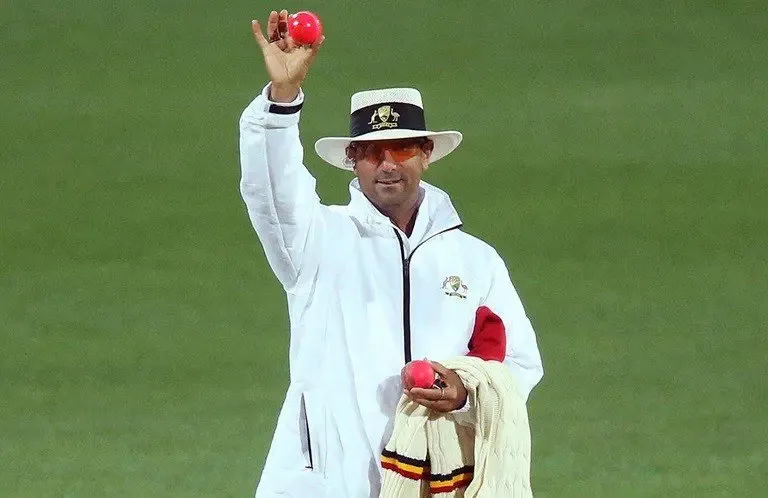
Last Hour
In test cricket, the umpire signals the fielding team the last hour of the day by stretching out one hand and tapping the other hand on the wrist of the stretched hand.
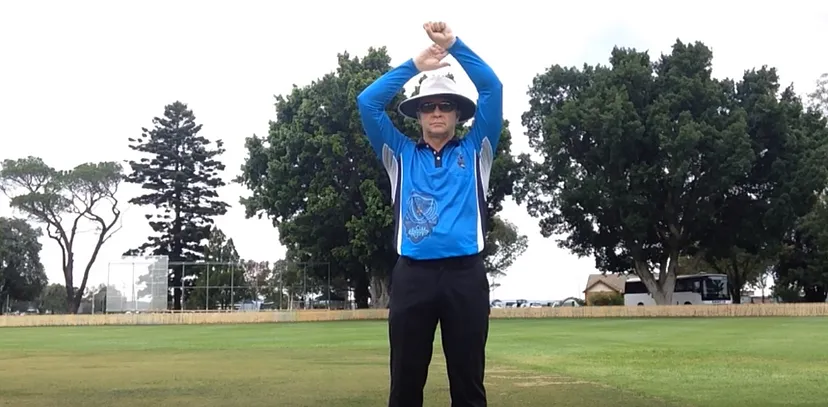
Before we take your leave…
We sincerely hope these cricket umpire signals images and symbols have promoted your cricket umpiring signs knowledge. And in the upcoming matches, you’ll be 10 times more observant of why an umpire is making those signs.
Now that you are well-versed with all the hand signals, share with us your thoughts on whether you want to be a professional cricket umpire and why?
Or
Alt closing line: Now that you are well-versed with all the hand signals, tell us if you were given a chance to change the cricket umpire’s signals, what would you change, and what would be the new sign/s?
Share your thoughts in the comments below!
I am Dhaval Jain, SEO All-Rounder at CricHeroes.
CricHeroes is an ultimate Cricket Scoring App and the world’s only true Cricket Network. With more than 30 million registered cricketers using CricHeroes to Live Score their Local Cricket Matches and Tournaments, CricHeroes is already the number one Cricket Scoring App in the world!

